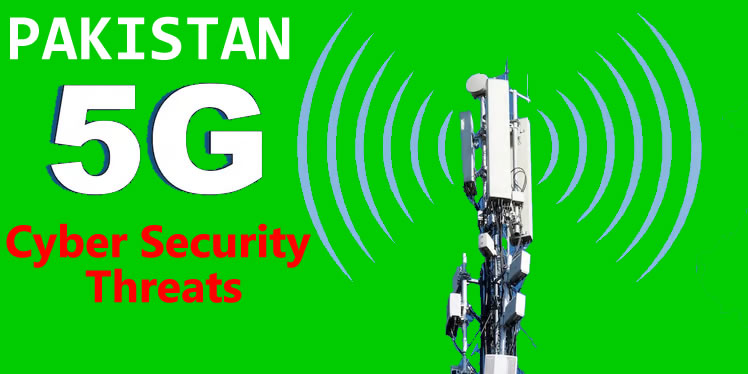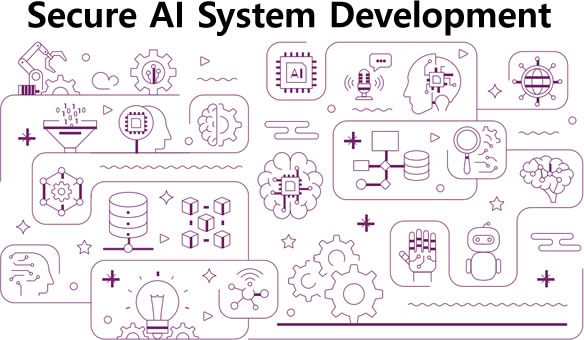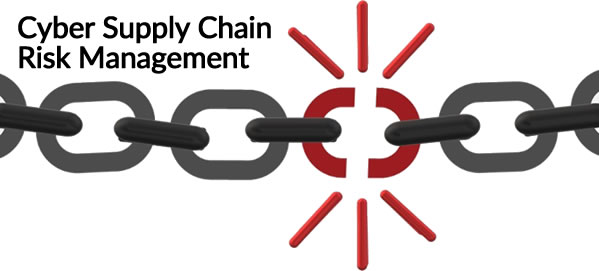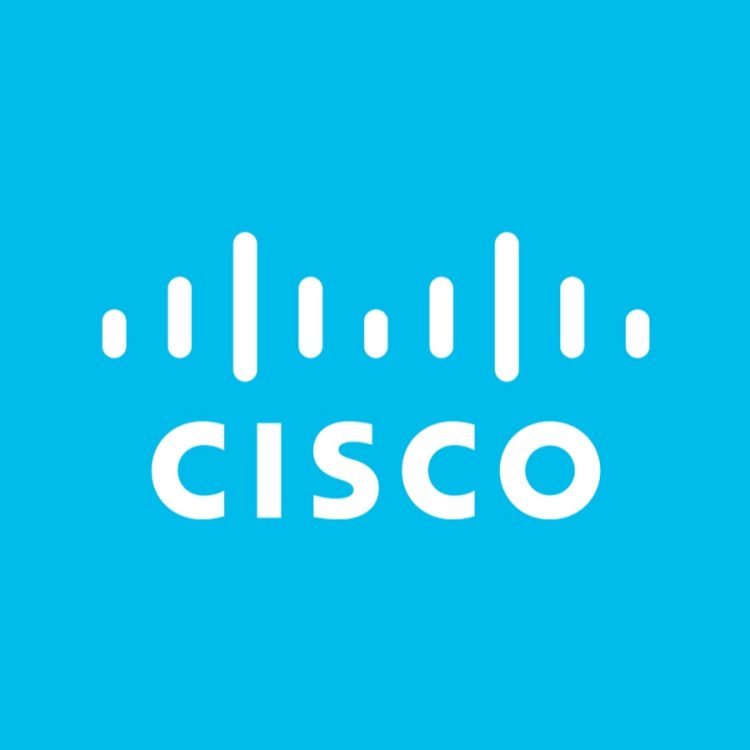
IDA PRO In Pakistan
August 22, 2023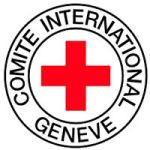
Red Cross (ICRC) Issues Eight Rules for Hacker Groups amidst Digital Battleground
October 8, 2023Promoting 5G connectivity that enhances Pakistan’s national security, technological innovation, and economic opportunity collectively.
The fifth-generation (5G) of wireless technology represents a complete transformation of telecommunication networks, introducing a vast array of new connections, capabilities, and services. These advancements will provide the connection for billions of devices and will pave the way for applications that will enable new innovation, new markets and economic growth around the world. However, these developments also introduce significant risks that threaten national security, economic security, and impact other national and global interests. Given these threats, 5G networks will be an attractive target for criminals and foreign adversaries to exploit for valuable information and intelligence.
The use of established critical infrastructure sector partnerships will be one of the backbones of Ministry of Information Technology and Telecommunication (MoIT&T) and Pakistan Telecommunication Authority (PTA) efforts within 5G, as the nature of the risk environment precludes any single entity from managing risk entirely on its own.
Ministry of Information Technology and Telecommunication has constituted Advisory Committee for 5G Planning in Pakistan (5G Pakistan Plan Committee) to define a roadmap and finalize recommendations for 5G Technology readiness in Pakistan. The Committee will develop strategic plan and roadmap for 5G technology in Pakistan with the formulation of working groups for 5G Spectrum Management, telecom infrastructure development, telecom regulations review including health and safety and 5G applications and use cases.
The Committee comprises members from Ministry of IT and Telecommunication, PTA, Frequency Allocation Board (FAB), PM Office SRIU (Strategic Reforms Implementation Unit), PM Taskforce on IT & Telecom, academia, Cellular Mobile Operators and Telecom vendors.

As new 5G policies and standards are released, there remains the potential for threats that impact the end-user. For example, nation states may attempt to exert undue influence on standards that benefit their proprietary technologies and limit customers’ choices to use other equipment or software. There are also risks associated with the development of standards, where standard bodies may develop optional controls, which are not implemented by operators. By not implementing these subjective security measures, operators could introduce gaps in the network and open the door for malicious threat actors.

The 5G ecosystem uses radio resources for some part of the communication between an originating and a destination application. While there are standards defining specifications for how operators build their 5G networks, but currently network slice specifications requirements are insufficient and need to evolve for the development, implementation, and maintenance of security for network slicing. Currently network slice specifications do not get into the implementation detail level and allow for wide ranging varying of the network slice implementations. The placement of functional components onto a physical computing platform is a choice that may affect the level of service provided by the network slice. Multiple functions may run on the same computing platform or may be distributed across multiple computing platforms.
Procurement of 5G components from untrusted vendors poses many economic and security risks. Often, these technologies are cheaper than trusted alternatives, but these low, up-front costs have the potential to accumulate into more long-term expenditures to address security flaws or interoperability issues.
A baseline of security related network slicing features must be established for day-to-day operations. Those features must support confidentiality, integrity, and availability requirements. Zero trust architecture (ZTA) methodology can be implemented and exercised to ensure the secure activation, supervision, reporting, modification, and the de-activation of a slice.
The transition to 5G presents a wealth of opportunities and new capabilities for Pakistan’s Telecom Sector, changing the way the we communicate and shares information. With increased capabilities like faster download speeds and ultra-reliable connectivity, 5G networks will spark an industrial revolution that will enable the development of many new and enhanced services like autonomous vehicles, smart cities, augmented reality, and remote surgery. Given the potential for various applications and reliance of the network for future infrastructure, the stakes for safeguarding the network against these vulnerabilities could not be higher.

